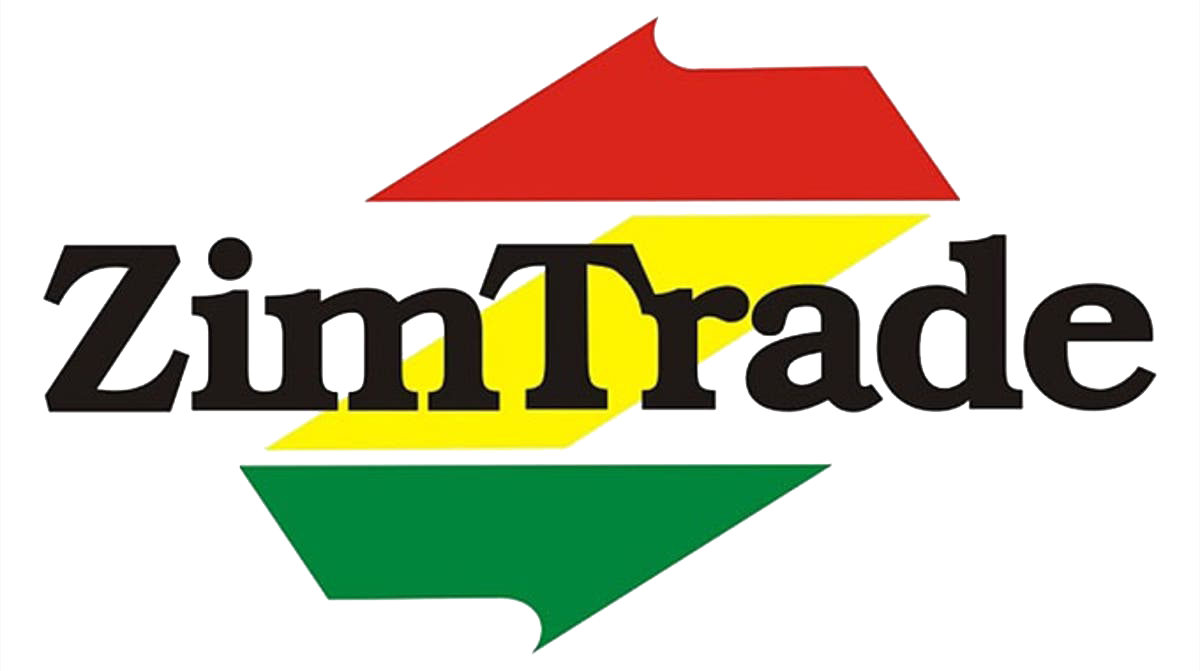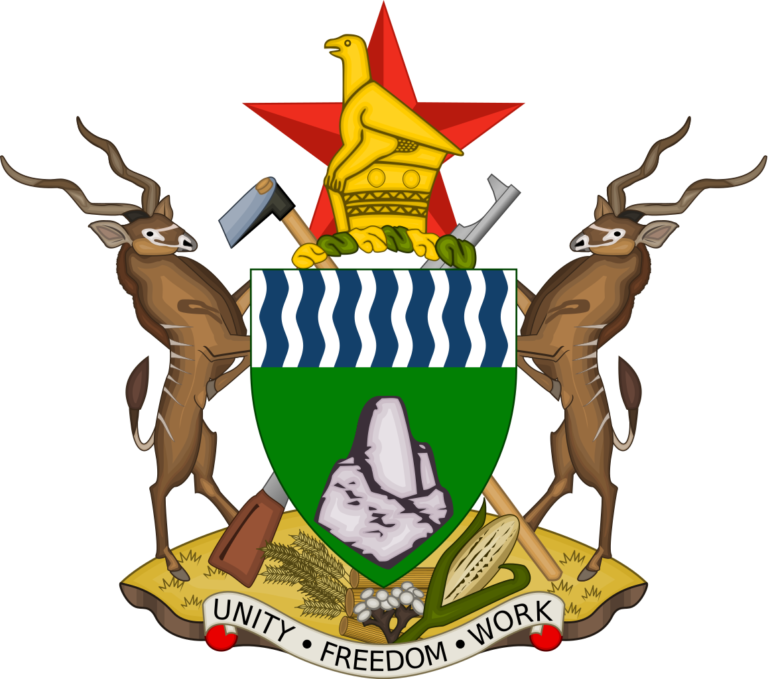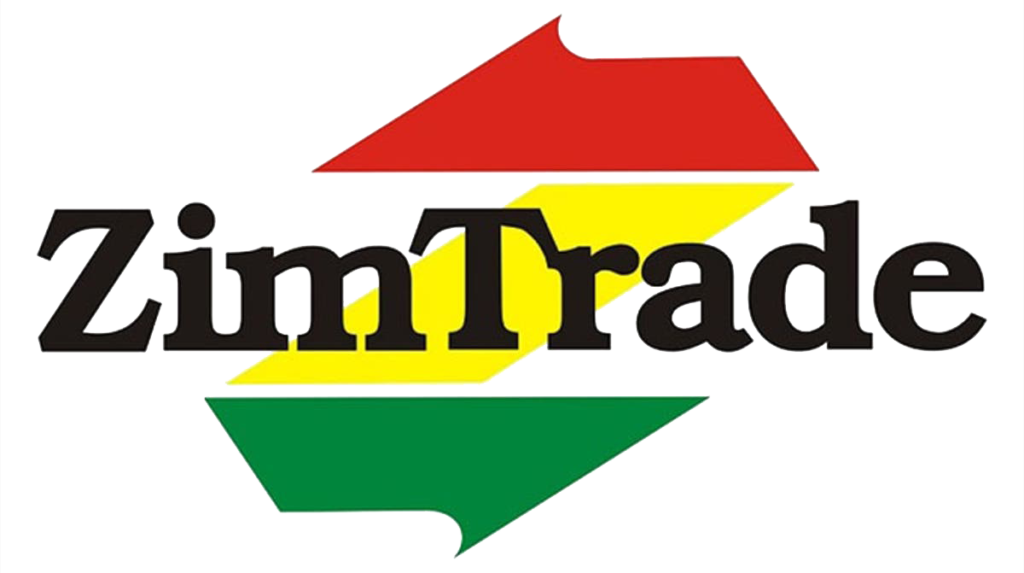“The need for increased diversified exports of value-added goods and services as opposed to the present reliance on the exportation of primary commodities is now urgent and imperative”
This call to action made by His Excellency, President Mnangagwa during last year’s ZimTrade Exporters’ Conference is bearing fruits, evidenced by the improvements in the nation’s exports this year.
According to ZimStats figures released for January to August 2020 exports, Zimbabwe’s exports stood at US$2.563 billion, representing a 4.9% higher than US$2.442 billion recorded same period in 2019.
With the relaxation of lockdown regulations exports grew by 35% month on month for the period July-August 2020.
Imports declined to US$2.963 billion between January-August this year from US$3.162 billion recorded during the same period in 2019, representing a 6.3% decline.
Resultantly the trade deficit went down by 44% from US$719 million to US$400 million in 2020.
Although the country’s overall export performance is currently driven by minerals and tobacco exports, the value of processed and manufactured goods has also been growing.
Further to this, Zimbabwe has been registering growth in non-traditional markets, a development that will cushion local companies from shocks that might take place in traditional markets.
Penetration into regional and international markets
One of the key targets of the National Export Strategy, launched last year by President Mnangagwa, is to increase visibility of Zimbabwean products into regional markets, particularly those that have not been traditional markets.
Countries like Botswana have been recording significant growth over the years. For example, between January-August this year, exports to Botswana stood at US$24.4 million, from US$12 million during the same period in 2017, representing an increase of 100%.
Further to this, local businesses have started making inroads into Angola market, following a market survey conducted by ZimTrade – the national trade development and promotion organisation – in November last year.
Although exports to Angola are still subdued, US$126 thousand was recorded during the period under review, up from no exports in 2017.
Exports to Mozambique also grew by 8%, from US$217 million recorded between January-August in 2019 to US$235 million during the same period this year.
Exports to Mozambique have potential to grow further if local companies fully utilise available potential in sectors such as fast-moving consumer goods, agricultural inputs and implements as well as construction and engineering.
In addition, there has been a consistent growth of exports to Kenya, where a 82% growth was recorded between 2017 and 2020, from US$18 million to US$33 million respectively.
With regards to some international markets, exports to United Arab Emirates rose from US$500 million between January-August last year to US$558 million during the same period this year.
With horticulture exports to Dubai increasing, this is expected to augment mineral exports, which will improve on product diversification.
Minerals and tobacco
For the period under review, the country’s exports were dominated by primary commodities such as minerals, alloys and tobacco.
Mineral exports contributed around 77% to total exports, broken down as gold (US$645 million), nickle mattes (US$605 million), chrome US$88 million, diamonds (US$71 million) and platinum (US$66 million).
The current mineral export performance is 7.8% higher than that 2019.
The 2020 tobacco selling season has just ended and the exports of unmanufactured tobacco have increased by 8.7% to US$311 million during the period under review up from US$286 million in 2019.
The sector’s contribution to total exports was 12% during the period under review.
For manufactured tobacco, its total exports increased from US$27 million in 2019 period to US$35 million in 2020 representing 27% increase.
The sector seems to be picking given the interest that is coming from regional markets for Zimbabwe’s manufactured tobacco.
Currently, there are a number of inquiries from Zambia and plans to export there are at an advanced stage.
Processed foods and beverages
Processed foods and beverages sector continue to record a positive performance despite the challenges faced by the sector.
The sector’s exports increased by 10.9% to US$79.9 million from US$72 million in 2019.
Top exported products include sugar US$57 million, pastry products US$3 million and fruit juices US$3 million.
Although sugar exports dominate this sector, there is need to diversify products, which would improve earnings for local businesses.
Traditionally, the processed food and beverages sector in Zimbabwe was well established and highly diverse, drawing raw materials from the agriculture sector.
To further improve on this sector, focus will also need to be placed in resourcing the agricultural sector for better outputs.
The potential success of the agricultural sector in Zimbabwe will provide opportunities for agro-processing and value addition of agricultural produce.
Further to the linkages to the agricultural sector, the processed foods and beverages sector also has other strong forward/backward linkages with sectors such as packaging, technology, transport and distribution.
Building and construction
Exports of building and construction materials increased by 5%from US$20 million in 2019 to US$21.1 million.
Notable increases came from products such as ceramic building bricks, whose value rose from US$0.3 million to US$1.8 million.
Increased exports were also recorded from fibre-board of wood or other ligneous materials which recorded US$2.9 million exports, up from US$1.9 million to US$2.9 million.
The sector has performed well despite subdued economic activities.
Areas affected by coronavirus
Although the country has recorded an increase in total exports, the current trade performance could have been better if sectors such as agriculture, clothing and textile, and arts and crafts were not affected by COVID-19.
The largest drop was in the clothing and textile sector, which registered 58 percent decline from US$42 million between January-August 2019 to US$17 million during the same period this year.
Of note cotton went down from US$23 million in 2019 to US$6.7 million and footwear from US$2.5 million to US$0.2 million.
A coordinated approach to addressing some of the challenges faced by players in this sector could help improve its contribution to national exports.
Production enablers for the sector, such as water, energy and transport, form significant proportions of their cost drives when they are available and the provision of some of these is irregular, unreliable, costly and risky, hence causing most businesses to be price uncompetitive both in the domestic and foreign markets.
Exports of agriculture inputs and implements dropped from US$16 million recorded between January-August last year to US$11.7 million during the same period this year.
The horticulture sector exports registered a decline of 11.7 percent to US$46.4 million during the period under review, from US$52.6 million registered in.
Major export products were tea (US$12.1 million), macadamia nuts (US$11.4 million), citrus fruits (US$7.6 million), leguminous vegetables (US$4.7 million) and pineapples (US$2.3 million).
The decline in the horticulture sector was largely due to the decline in the exports of macadamia nuts and tea.
The value of tea exports declined from US$15.7 million whilst macadamia nuts declined from US$14.1 recorded in 2019.
However, the recently approved Horticulture Recovery and Growth Plan is expected to boost private sector investment into the horticulture sector once implementation begins.
This in turn will improve one production, which is a pre-requisite for growing exports.
Further to this, exports from arts and crafts exports decreased by 54 percent to US$2.8 million in 2020 from US$6.2 million recorded in Jan-Aug 2019.
The global shutdown as a result of COVID-19 negatively affected exports from this sector, further dampened by restricted movement of tourists, who represent some of the largest buyers of Zimbabwean art collection.
To improve on the performance of the sector, ZimTrade is developing export clusters in Matabeleland North and Mashonaland West, whose focus will be on improving the spaces and capacities for local sculptors.
Support from Zimbabwe’s diaspora in creating market linkages will also go a long way in growing exports from the sector.
With the promotional activities that were conducted before the lockdown by ZimTrade which also include the visit by an arts and crafts buyer from Europe, there is anticipation that there will be growth in the sector as most countries are now re-opening borders and deals that were concluded are likely to start to materialise.



